



The most efficient method to rejuvenate exterior seating and tables is utilising a high-pressure cleaning machine. Begin by selecting a model that offers adjustable pressure settings; this versatility ensures delicate materials remain unharmed while stubborn grime gets removed effectively.
Before any work starts, remove cushions and other items to expose surfaces. Rinse the area with water to loosen dirt. For optimal results, using a cleaning solution specifically designed for outdoor surfaces can enhance the effectiveness of the equipment. Apply this solution according to the manufacturer’s recommendations, allowing it to set for a few minutes.
Position the nozzle about 30 centimetres from the surface, angling it slightly to prevent damage. Activate the machine and use sweeping motions, starting from the top and working downwards. Pay attention to crevices and corners where dirt tends to accumulate, adjusting the pressure as needed to avoid overpowering more fragile areas.
Once completed, follow up by rinsing off any remaining solution. Allow everything to dry fully before reassembling your seating, ensuring everything returns to its pristine condition for enjoyable gatherings.
Optimising Cleaning Efficiency
Prioritise the right nozzle for diverse surfaces; a wide spray pattern works wonders on delicate materials, while a narrow stream handles stubborn grime effortlessly. Maintain a distance of around 18 to 24 inches to avoid damage, adjusting your stance based on the surface’s resilience.
Pre-treatment and Detergents
For optimal results, pre-treat surfaces with a suitable detergent. Allow it to sit for a few minutes, enabling the product to penetrate and lift dirt. This step enhances efficacy and can markedly reduce soaking and rinsing time, making the process far more streamlined. Look for biodegradable options that are generally safe for various finishes.
Rinsing Technique
After applying detergents, rinse thoroughly with clear water, ensuring no residues remain. Begin from the top and work downwards, preventing streaks and allowing particles to flow away rather than settling back on the surface. Adjust the pressure according to the material; some pieces may require less intensity to avoid moisture traps.
Choosing the Right Pressure Washer for Your Furniture
Opt for a machine with a minimum pressure of 1300 PSI for effective results while safeguarding delicate surfaces. This level strikes a balance between efficiency and safety.
Consider electric models for home use. They are quieter and generally easier to operate. For larger areas or tougher grime, gas units provide the power needed, usually reaching pressures above 3000 PSI.
Assess the flow rate, measured in gallons per minute (GPM). A higher GPM often means quicker work, which is advantageous for larger projects. Look for at least 1.2 GPM to optimise your cleaning sessions.
Evaluate the nozzle options. A 25-degree nozzle typically works well for most tasks, providing versatility without excessive force. For stubborn dirt, a 15-degree nozzle can add focused power.
Portability matters. If manoeuvrability is essential, choose a model with wheels or a lightweight design. Stability during use also plays a role; ensure the base can withstand movement without tipping over.
Lastly, don’t overlook attachments. Consider models with rotating brushes or surface cleaners for enhanced efficiency, particularly on textured surfaces.
| Feature | Recommended Specification |
|---|---|
| Pressure (PSI) | 1300 – 3000 |
| Flow Rate (GPM) | 1.2 or higher |
| Nozzle Options | 25-degree and 15-degree |
| Power Source | Electric or Gas |
| Portability | Wheeled or Lightweight |
| Attachments | Brushes or Surface Cleaners |
Preparing Your Outdoor Furniture for Pressure Washing
Ensure all pieces are free from debris and large particles. A simple brush or cloth can help dislodge dirt or leaves. Remove cushions and any detachable elements to avoid damage during the process.
Inspect and Repair
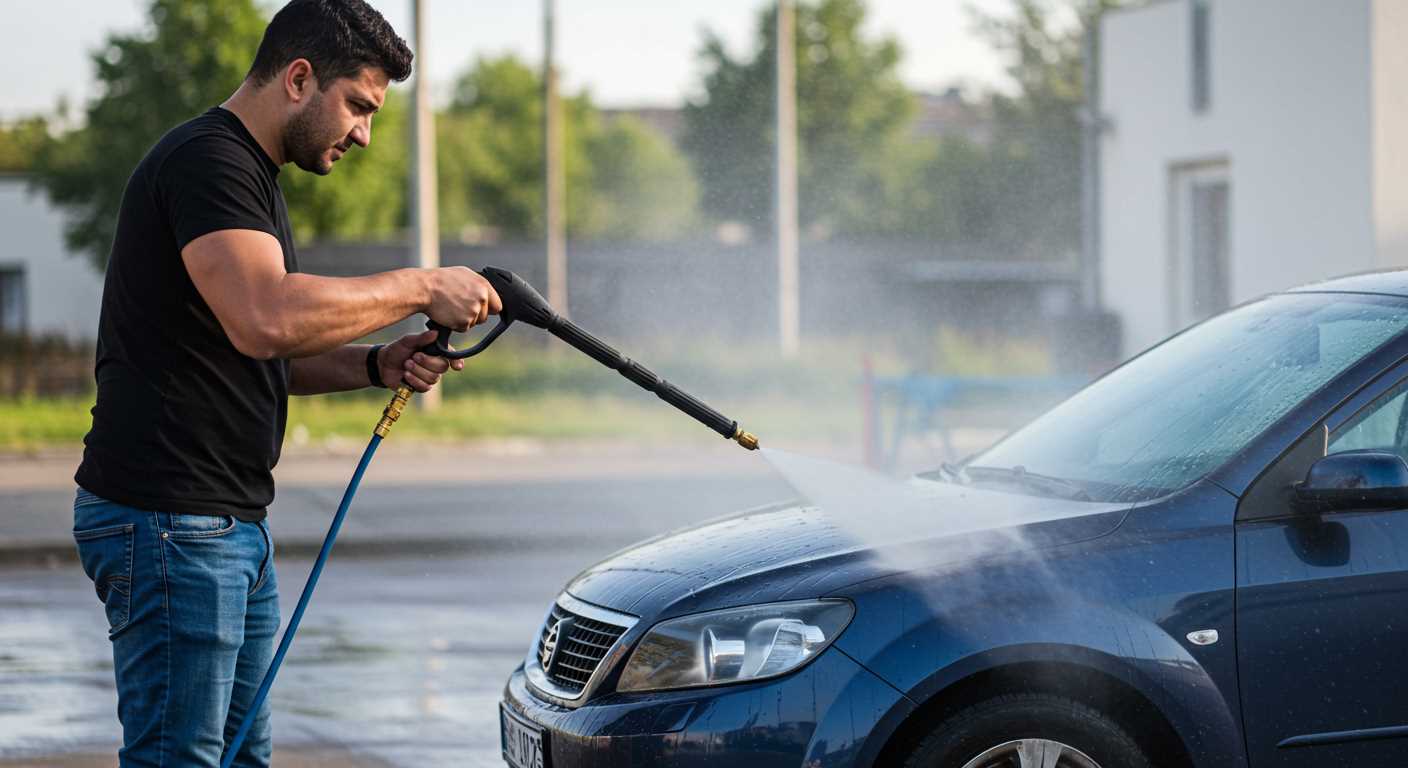
Check for any damage or wear such as rust, loose screws, or cracks. Fix any broken parts before proceeding. This prevents further deterioration and enhances the durability of the items after cleaning.
Protect Surroundings
Cover or move nearby plants, decking, or walls to avoid potential water or debris damage. Lay down a tarp or plastic sheeting if necessary. This will safeguard your environment and make cleanup easier.
Setting Up the Pressure Washer for Optimal Performance
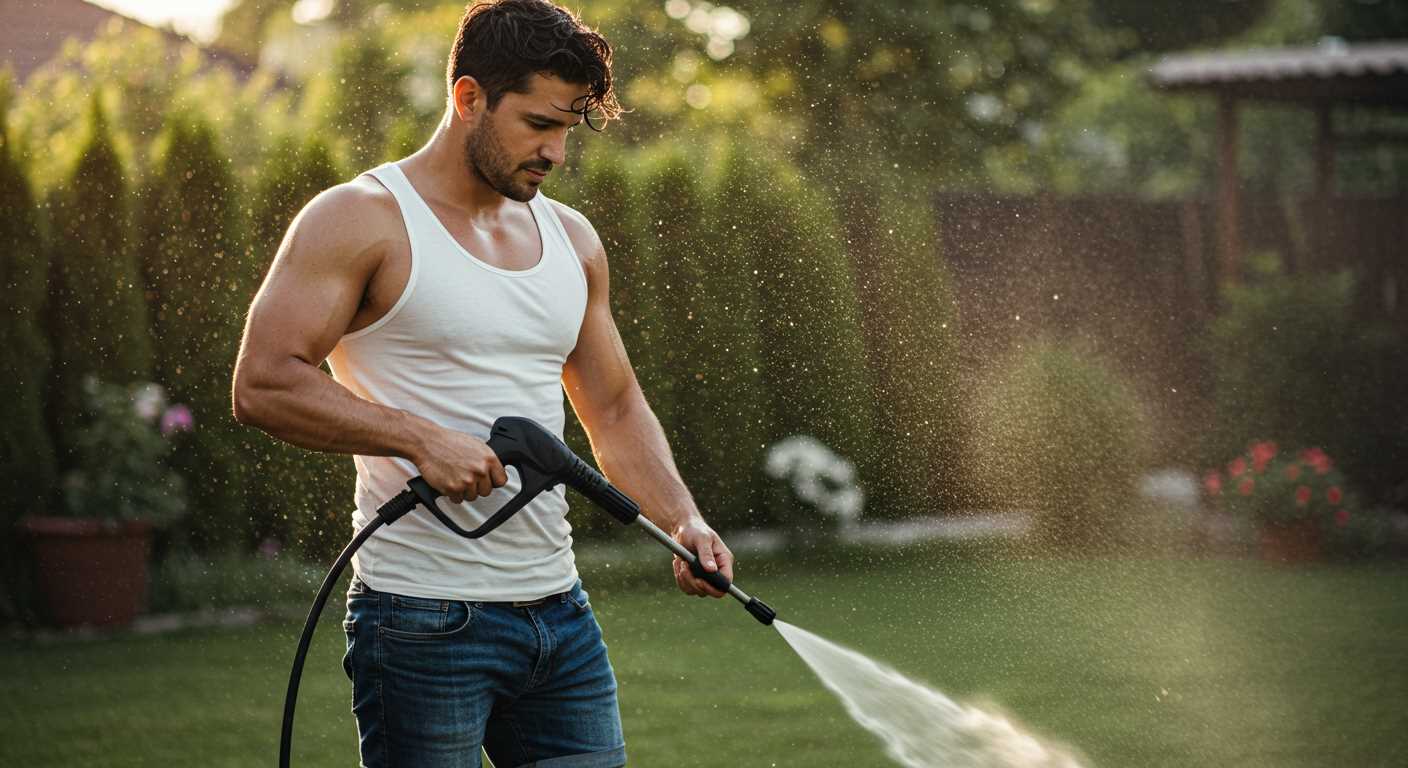
Begin by ensuring connections are secure. Attach the high-pressure hose to the unit and the spray wand. Check for any leaks at the junctions; even minor leaks can reduce efficiency. If necessary, use pipe tape to seal any threaded connections properly.
Choosing the Right Nozzle
Selecting the appropriate nozzle is crucial. Different colours indicate varying spray angles. For instance, a 25-degree green nozzle is ideal for most surfaces, while a 40-degree white nozzle works well for delicate materials. Avoid using a zero-degree nozzle unless tackling tough stains, as it can cause damage.
Adjusting the Pressure Settings
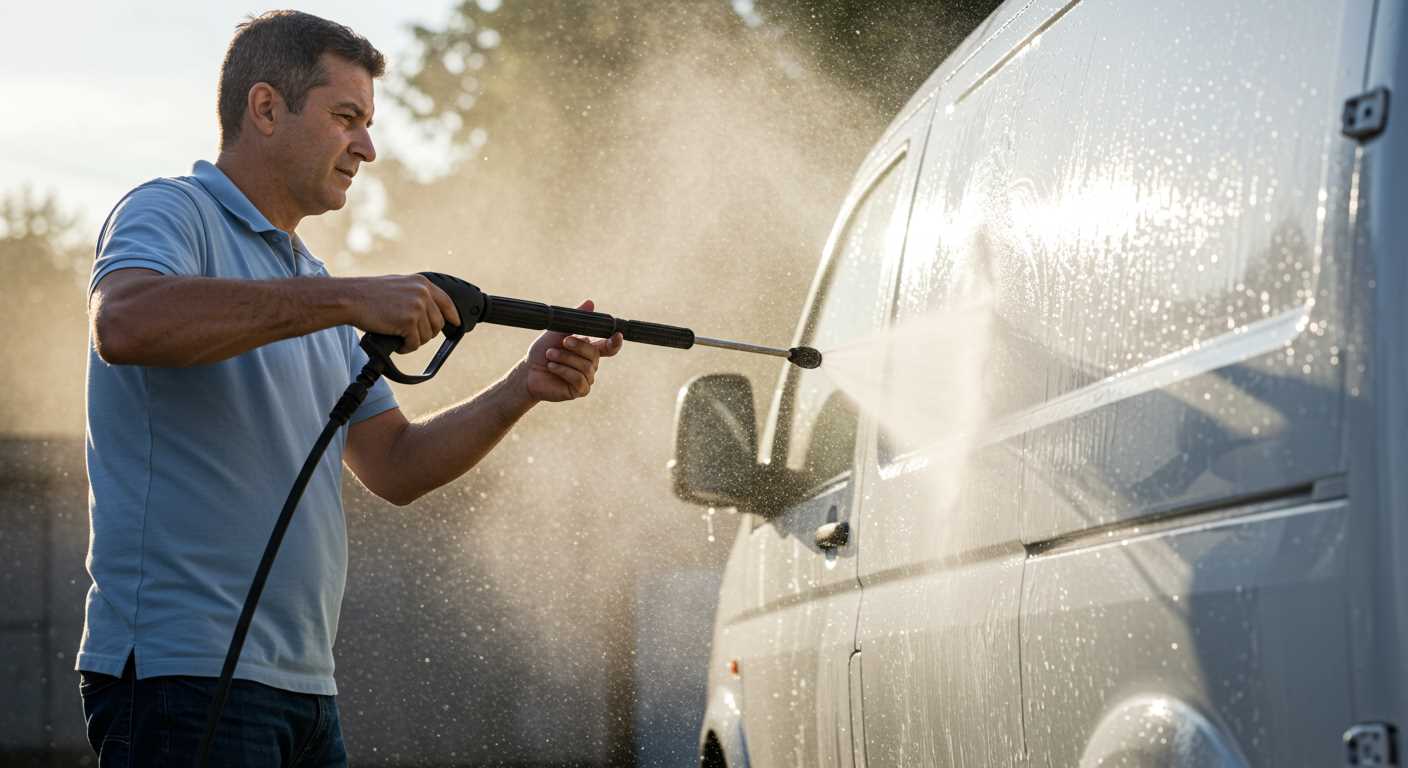
Most models allow pressure adjustments; set this according to the material being cleaned. Softer surfaces like plastic or wicker require lower settings, around 1200-1500 PSI, while tougher surfaces like stone may need up to 3000 PSI. Always start at a lower setting and increase gradually if needed, ensuring safety and preventing damage.
Techniques for Cleaning Different Materials
For wood slats, use a 25-degree nozzle and maintain a distance of at least 12 inches. Apply in a sweeping motion to avoid damage. To remove mildew, add a suitable cleaning detergent to the water supply, and apply it directly to affected areas.
Aluminium or metal frames require a wider approach. Use a 40-degree nozzle to prevent surface scratches. Start from a distance of 18 inches, gradually lowering the distance as needed while rinsing away dirt and grime. Pay attention to corners where debris tends to accumulate.
Plastic or resin items respond best to lower pressures. Select a 40-degree nozzle and keep the washer’s tip around 24 inches away. Apply the solution evenly and rinse with clear water to avoid any residue. For deeper stains, consider using a soft brush with mild soap before rinsing.
For composite materials, utilise medium pressure. A 30-degree nozzle can be effective, but always assess the manufacturer’s recommendations. Test a small area before full application to gauge resistance.
- Wood: 25-degree nozzle, 12 inches away, sweep motion, use detergent for mildew.
- Metal: 40-degree nozzle, 18 inches away, focus on corners.
- Plastic: 40-degree nozzle, 24 inches away, soft brush for stubborn stains.
- Composite: 30-degree nozzle, test area first.
Always adhere to the manufacturer’s guidelines for each material to ensure longevity and avoid unintentional damage.
Post-Cleaning Care for Outdoor Furniture
Apply a protective sealant on surfaces to prevent water damage and stains. This will enhance longevity and reduce maintenance needs. Choose a product suitable for the specific material–teak oils for wood, and UV-protective sprays for metal and plastic.
Inspect all parts after washing. Tighten any loose screws or bolts and replace worn-out components, like cushions or fabric covers, to maintain structural integrity and aesthetic appeal.
Allow items to dry completely before storing. This prevents mildew growth and preserves the finish. Position furniture in a well-ventilated area for drying; utilise a soft cloth to wipe down surfaces if needed.
Store items during harsh weather months to extend lifespan. Use covers or a storage shed to protect against the elements, reducing wear and tear. Ensure storage areas are clean and dry to avoid mould or insect infestations.
Schedule routine maintenance every season. Regular inspections help identify potential issues early, allowing for timely action and ensuring that outdoor arrangements remain in excellent condition year-round.
Safety Tips When Using a Pressure Washer
Always wear protective eyewear to shield against debris. This should be non-fogging and impact-resistant to ensure optimal visibility during operation.
Utilise ear protection to guard against noise exposure. Many models operate at high decibels, which can damage hearing over prolonged use.
Use non-slip footwear to maintain stable footing, especially on wet surfaces. This will help prevent accidents while manoeuvring around the area.
Preparation Steps
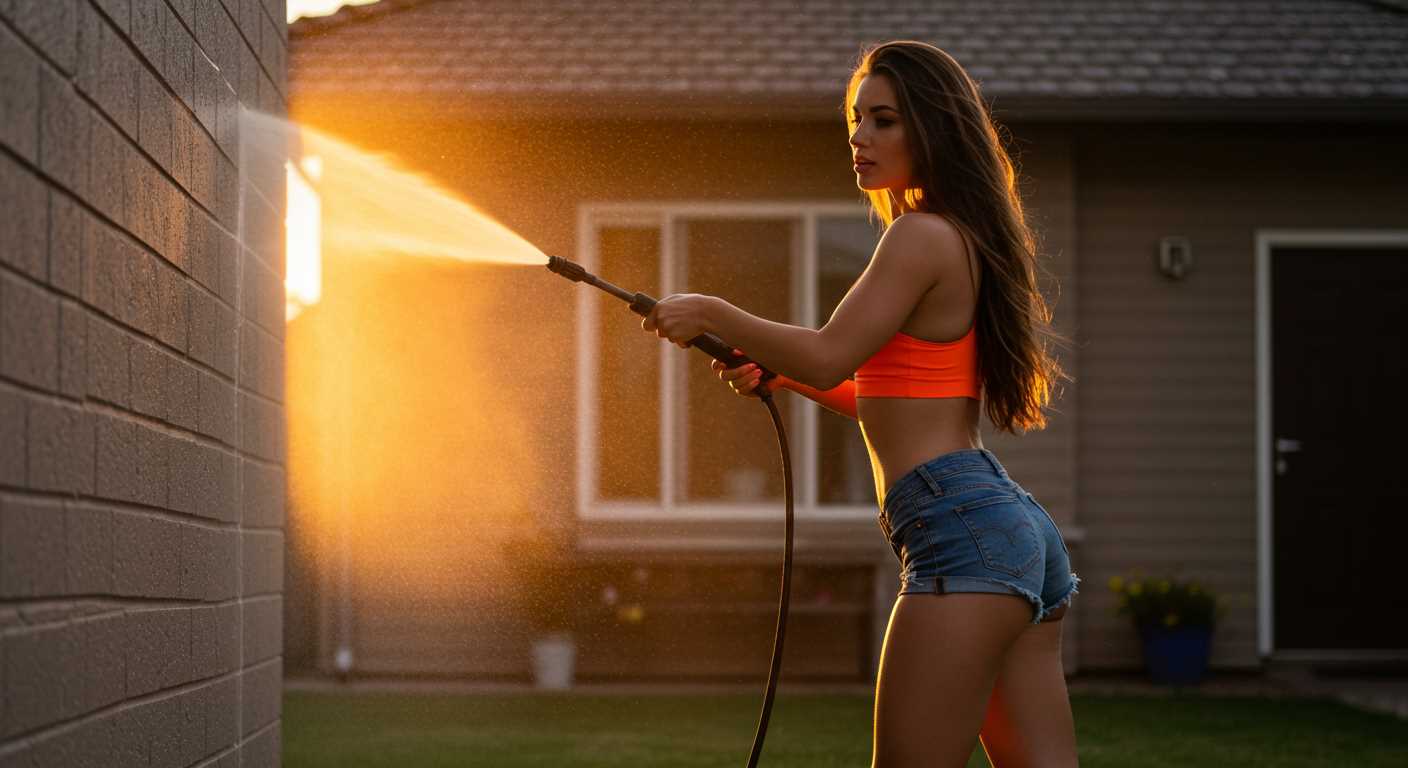
- Ensure adequate distance from electrical outlets and appliances to prevent electric shock.
- Clear the area of obstacles, allowing freedom of movement and reducing risks of trip hazards.
- Examine hoses and fittings for any signs of wear or damage before use.
Operating Guidelines
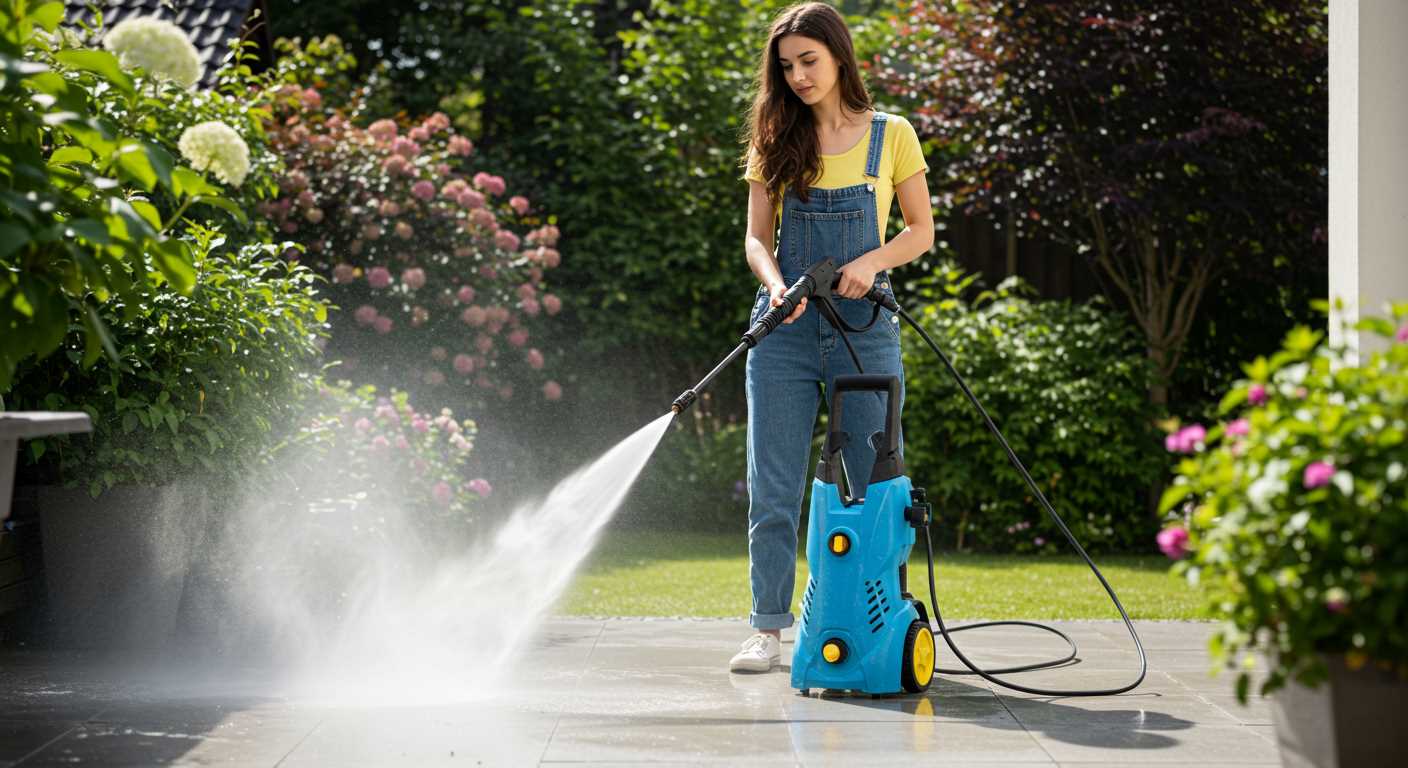
- Maintain a safe distance from the surface being treated to avoid injury or damage.
- Do not point the nozzle at people, pets, or delicate objects.
- Handle the equipment with both hands, especially when operating high-pressure settings.
In case of any accidents, have a first aid kit readily available. Know the emergency procedures for your location, ensuring swift action can be taken if necessary.








